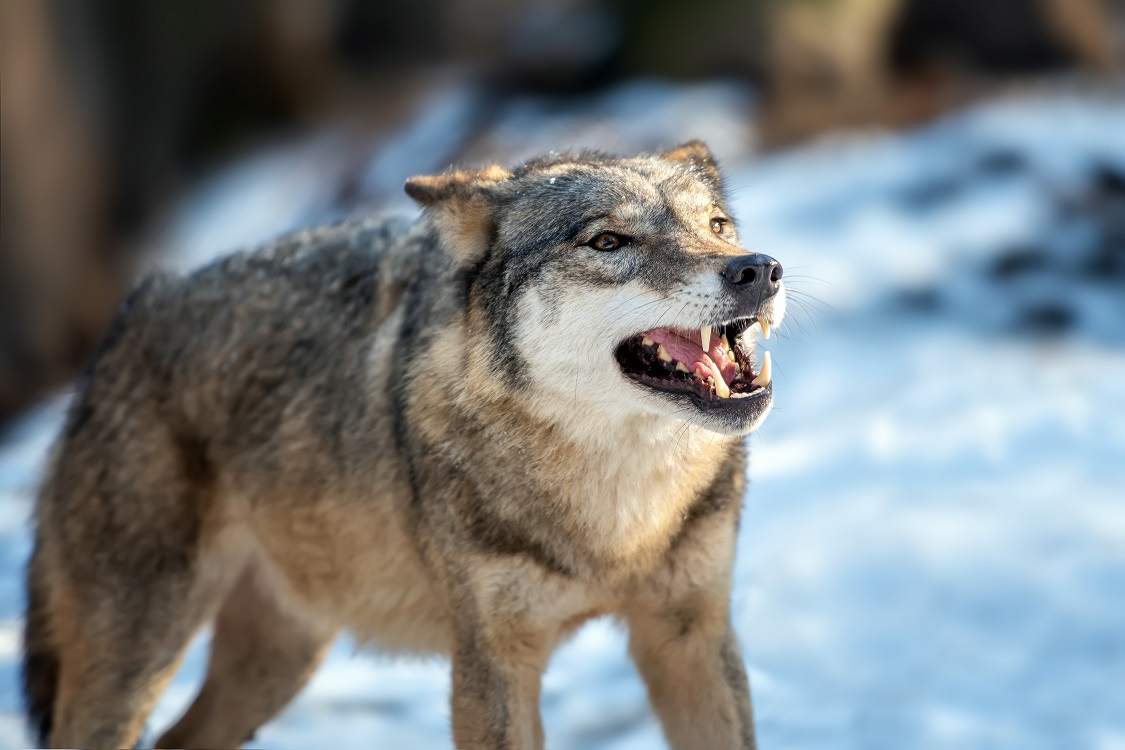Inside the Mind of a Predator
As much as we might like to live in a world without threats to our loved ones, the hard truth is that predators exist in all parts of the world. Although we can’t control every aspect of our lives, we can educate ourselves on the dangers that threaten the well-being of our families. We can more adequately defend against a threat with which we’re familiar than we can against a threat that remains a mystery. With that in mind, attempting to understand what goes on in the mind of a predator is an unsavory but necessary step in the process of protecting our children.
Awareness: The Primary Tool of Prevention
Parenting and protecting our children would be much more straightforward in a world without predators. Unfortunately, such a world is unavailable to is in the foreseeable future. As such, it is incumbent upon us to stop predation before it occurs. As the saying goes, “an ounce of prevention is worth a pound of cure.” In order to prevent predators from harming our kids, we need to be able to identify potential perpetrators before they can strike.
Types of Predators
We often have the tendency to view sexual offenders as primarily impulsive in nature and unable to control the actions that lead to their offenses; however, this is not always the case. A study by Rebocho and Goncalves[1] classified sex offenders into three types: opportunist, manipulative, and coercive. While child predators may fall into any of these categories, they are most likely to be primarily manipulative or opportunistic.
Opportunists
The most frequently encountered kind of child predator is the opportunist. Such an individual is like a wolf spying on a sheep that may be grazing at an unsafe distance from the rest of the herd. Unfortunately, due to the prevalence of opportunistic predators in society, they vary significantly in terms of appearance and behavior. They do, however, commonly display qualities and personality traits associated with antisocial behavior:
- Few friendships within the predator’s own age bracket
- Superficial charm and/or obvious ‘loner’ qualities
- Exhibition of behavior that seems too good to be true, e.g. being particularly or inexplicably helpful
- Lack of apparent capacity for appropriate intimacy, with accompanying loneliness as a result
- May seem to have disrespect for social boundaries
- Frequent changes of residence or occupation without much discussion regarding the reasons for such change
- Strong attention paid to an appearance of being socially acceptable as a means of hiding their true nature
- Responding with denial and aggression when concerns are expressed

Apply caution when attempting to identify potential predators
Beware of misclassifying individuals as child predators simply because they exhibit a few of the above traits. Possessing these qualities is not indicative of a child predator, but simply a clue to inform responsible parents to keep their guard up.
Furthermore, opportunistic child predators are likely to display a particular affinity for the company of children. This preference manifests itself as not only enjoying spending time with children in the company of other adults, e.g. in a mixed-age family outing, but also as a desire to spend time with them alone in an unusual context. Plan to Protect provides a more comprehensive list of identifying marks often present in predators.
While opportunists may vary significantly in how they look and act, thus making them harder to spot than other types of predators, they have a tendency to prey upon those who are particularly vulnerable to their vile intentions. The most vulnerable such children are often those whose families are unaware or uninvolved in their lives. As such, the best defense against this type of predator is to maintain a healthy sense of awareness regarding our children’s daily lives and to take an active role in their well-being.
